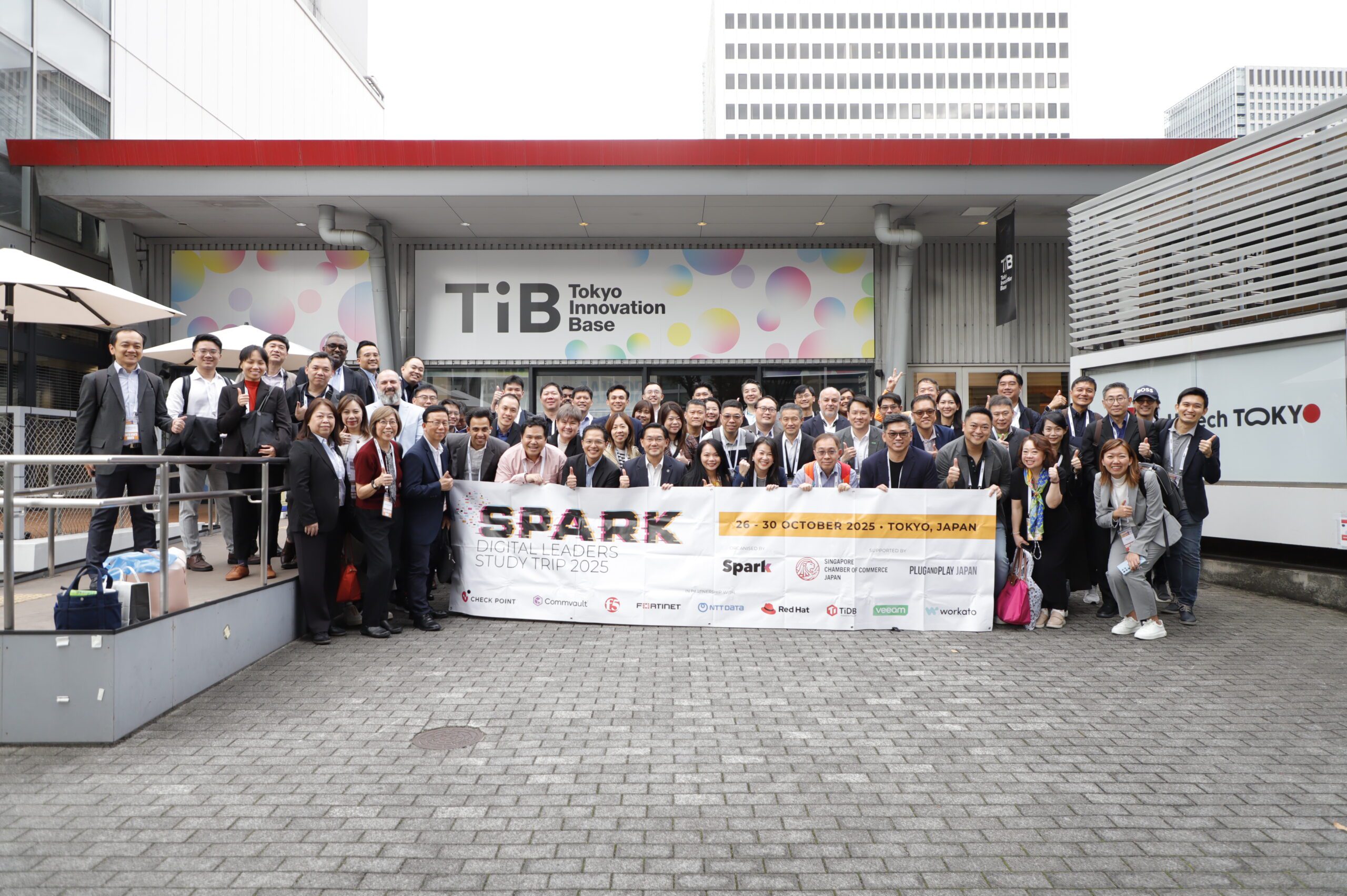During the ConnectGov Leaders Summit held in Edinburgh, Scotland last July, the panel on ‘Levelling Up Capabilities for a Real-Time Enterprise’ kicked off with a question on what real-time means, how it differs according to different people’s expectations and what is stopping every tech system from being real-time. It then discussed the imperatives and value proposition of realtime processing, and how organisations can best level up to the ensuing challenges.
Key Takeaways
- PK Lim, Managing Director, ASEAN, Nutanix noted that as far as technology goes, real-time data would imply a need for system up-time and availability that fulfils SLAs.
- Ratikant Sahu, Executive Director, Group Technology and Operation, United Overseas Bank noted that in the banking context, likely impediments would come in shifting interactions from less time sensitive basis to real-time as data platforms may not be able to integrate with data from multiple other sources or maybe not support self-service analytics.
- Ramesh Munamarty, Senior Executive VP, Technology and Innovation, International SOS shared that converting legacy systems to enable real-time capabilities such as reactive microservices will require resources, which is where CIOs should weigh in and assess if use cases justify it.
- Bill Zhang, Chief Data & Analytics, AIG – Japan, shared that in Japan where high volumes of claims follow natural disasters, real-time analytic capabilities can allow predictive advantages and enable his company to quickly deploy resources ahead of impending surges in claims.
- Silvia Colombo, Lead UI Engineer, Spiritus noted that where real-time data makes sense, the key is to ensure good integration of existing systems so that insights are clearly actionable as soon as possible.







